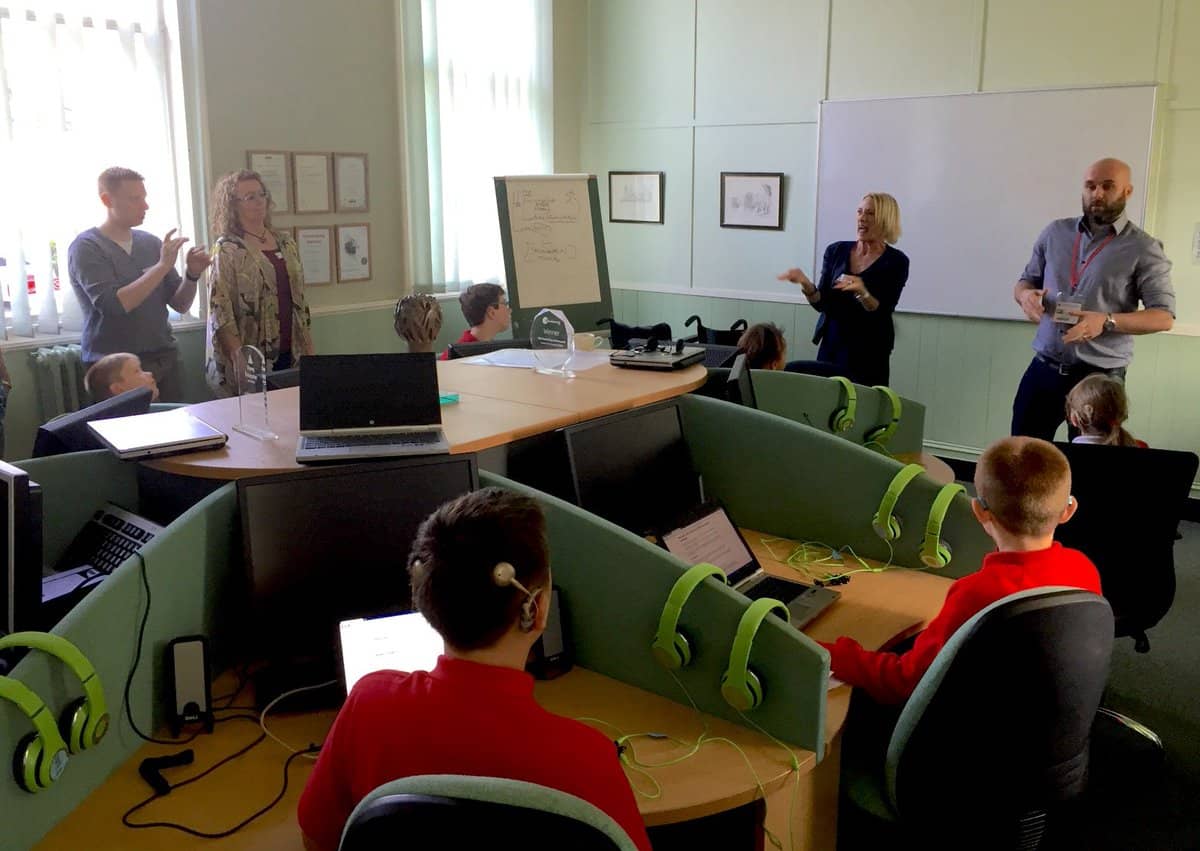Raspberry Pi for Sensory Impairment.
How do you create an engaging treasure hunt-style activity for children with sensory impairments? We have the answer.
Date
7/3/2020
Sector
Insights
Education
Subject
Trends
Article Length
1 minutes

The Pi.
Share Via:
“Experience without theory is blind, but theory without experience is mere intellectual play”
- Immanuel Kant
While Mr Kant in the late 18th century couldn’t have imagined the impact modern computers would have on the lives of people with disabilities, his sentiment ring possibly more true today than when they were first jotted to paper. If we don’t strive to make technology accessible to all, we risk leaving behind a portion of society that has learned to be both tenacious and creative in their approach to solving tasks and challenges. The blind.
It is from this we derive an important question. How do we as developers, create ‘interfaces’ for technology that can be accessed by those who inherently can’t see them? The answer lies within the question itself, we have to change our definition of sight and what it is to ‘see’.
Arch faced a similar issue when we were engaged by accessible technology proliferators, A11hacks to create a treasure hunt style game for St Vincent’s School in Liverpool, a school that specialises in the education of children with sensory impairments.
While at its heart the technology is fairly simple, the resulting impact was valued by both staff and students alike.
The initial concept was to use a beacon of some kind, emitting a signal back to a centralised device, that would be able to translate that signal into sound, a sort of rudimentary radar. To do this, we utilised a set of Raspberry Pi mini-computers which acted as the receiver for the beacon, as well as the translator of that signal to sound, paired with a set of headphones, the students we able to take advantage of a small scale, handheld and robust receiver.
The issue of finding a beacon called for a specific set of requirements. They had to be equally as robust as the receiver, cost-effective and have the ability to be repositioned easily to change the layout of the treasure hunt. The Estimote Bluetooth beacon hit all of the criteria, with the edition of having the form factor of an irregular prism, which was easily distinguishable to the students from any object they would typically come into contact with.

Through our work the students we able to easily engage with the possibilities of technology for sensory impaired individuals, wrapped in an activity that could be enjoyed by all.
Written by Hamish Kerry, Marketing Executive at Arch